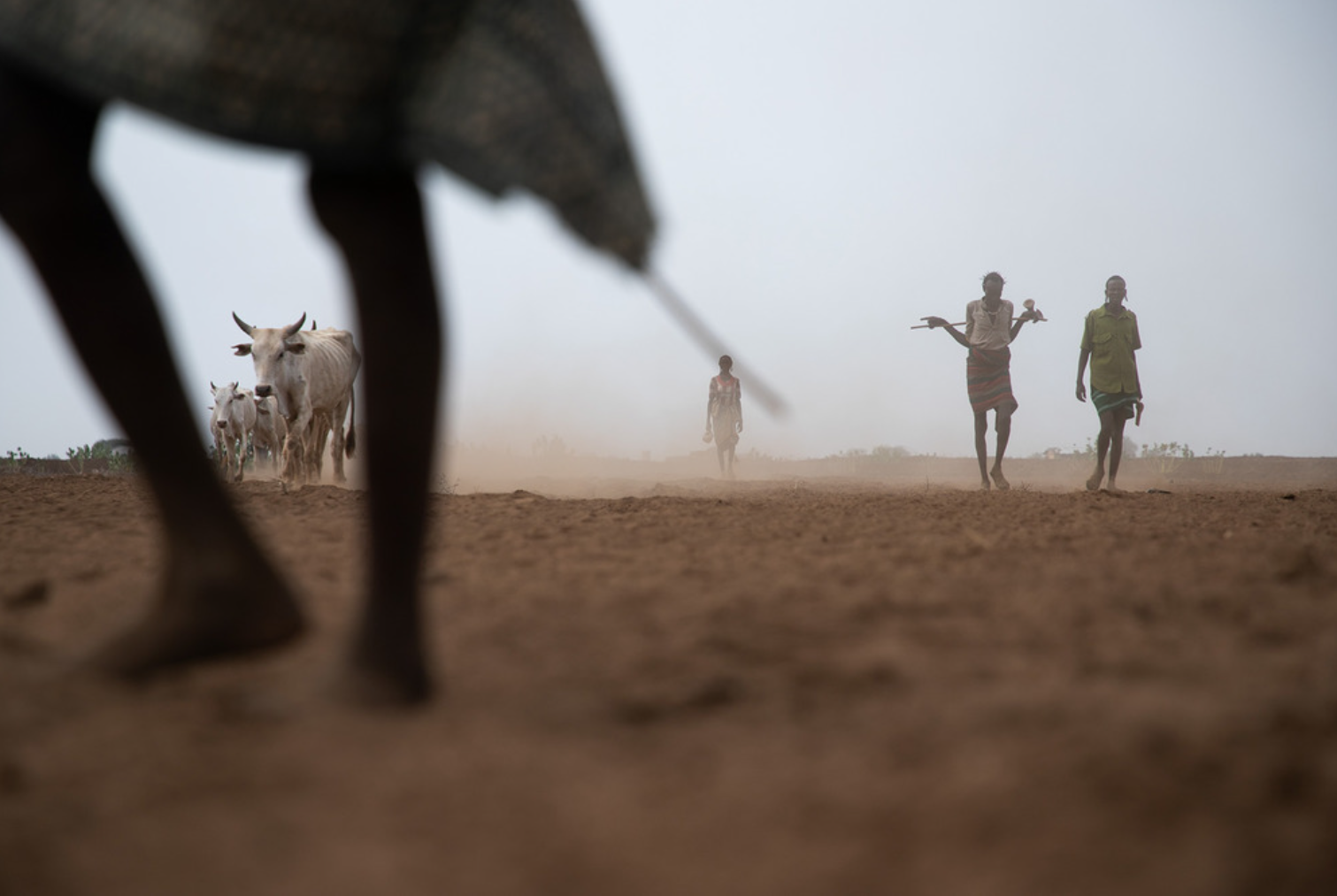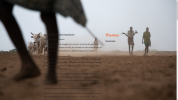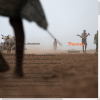
Drought: We know what to do, why don’t we do it?
Core resources
Reposted from The New Humanitarian
Written by Guyo Malicha
The 20 million people struggling to survive a scorching drought in the Horn of Africa are victims not only of a climate crisis but of the failings of governments and humanitarians to heed the lessons from earlier disasters.
Four consecutive seasons of failed rains have ruined people's lives and livelihoods in parts of Somalia, Ethiopia, and Kenya. A record-breaking fifth below average season is now in the offing, which will push needs even higher by the end of the year.
It’s not that we don’t know how to manage droughts. The key lesson humanitarians learnt in the aftermath of the 2011 Somalia famine was that early warning and early action are the hallmarks of an effective response.
So why, more than a decade on, are we still so slow to act?
Although the drought alarm in the Horn of Africa was rung from at least mid-2020, the response has again been too little too late, notes a recently released report by the aid agencies Save the Children and Oxfam, with support from the Jameel Observatory.
The failure to act expeditiously is both a choice – a political decision to ignore the alarm and delay the response – as well as evidence of the shortcomings in drought monitoring, preparedness, and implementation capacity.
What to do?
Key to effective anticipatory action is to improve the diagnostic and predictive tools that help us visualise risks. Although early warning systems have become increasingly sophisticated since 2011, they tend to overgeneralise the situation, leading to hesitancy over when to launch a humanitarian response.
“Droughts are not discrete events that require a one-time surge in humanitarian aid – they have knock-on effects that ripple through communities.”
To improve sensitivity, we need to incorporate far more localised data into the early warning models. Experience has shown that customary, community-based climate forecasting can be successfully integrated into formal systems to trigger more accurate early action.
But for that information to be effective, we need to build capacity at the local level. That also involves fixing the financing gaps that hinders community-level action. Recognising that local actors are the best placed to act swiftly is not enough – they also need to be provided with support and resources.
Droughts are not discrete events that require a one-time surge in humanitarian aid – they have knock-on effects that ripple through communities.
These impacts can be addressed through both early, anticipatory action, and longer-term investment in development programmes that build resilience against the next shock. The final planks in the response architecture are conflict prevention measures – recognition of the connection between climate shocks and increased insecurity.
How we respond inevitably boils down to funding. A major challenge is aligning financing to the so-called “triple nexus” – humanitarian, development, and peace action (previously seen as separate sectors) – through the drought cycle.
Reliable, multi-year flexible funding is key. This will help resolve the current gap between drought response design, and available funding – a mismatch that hampers both effective contingency planning, and the investment in long-term drought mitigation strategies, including the expansion of existing cash-transfer social protection systems.
“These actions can help improve response readiness, prevent loss of livelihoods, save more lives, and ultimately entrench drought management in long-term planning and development.”
Kenya’s National Drought Emergency Fund is an initiative worth emulating. It is a common funding basket that includes contributions from development partners, the private sector, climate financing, as well as annual appropriations from the Treasury.
These actions can help improve response readiness, prevent loss of livelihoods, save more lives, and ultimately entrench drought management in long-term planning and development.
The cost of failure
The evidence shows that taking pre-emptive early action avoids costlier and more desperate lifesaving interventions later. On average, every $1 spent on early action saves more than $2 in future emergency humanitarian costs.
Yet, despite the predictability of the current crisis, the UN’s $4.4 billion regional appeal is “woefully” underfunded, according to Oxfam.
In Somalia, more than seven million people are already going hungry, and there is real fear of a repeat of the 2011 famine when more than a quarter of a million – mostly children – died.
In the arid southern regions of Ethiopia, close to seven million people are also in urgent humanitarian need. Even in middle-income Kenya, the back-to-back droughts in its poorer northern zones have tipped 3.5 million people into crisis.
The response by the region’s governments has also been tepid. They have underinvested in social protection programmes that shield their most vulnerable citizens, even though well-designed government-led schemes are recognised as a cost-effective early response.
The initiatives that do exist, like Ethiopia’s Productive Safety Net Programme, and the Hunger Safety Net Programme in Kenya, need to be scaled up and made more inclusive.
Governments, local administrations, and global donors have also failed to empower community organisations to take early, anticipatory action — even though the importance of their role is also now clear.
In Kenya, despite the existence of a robust drought response plan, there are still missing pieces of the puzzle in the drought prediction, preparedness, and response loop. This renders the government’s intervention neither agile nor urgent enough.
Worse to come
Droughts are not new to the Horn of Africa. What is new and unprecedented is their frequency and severity. Kenya recorded 15 droughts between 1960 and 2016 – but 40 percent of them have occurred since 2000.
Pastoralism, the nomadic herding of animals, is a centuries-old way of life ideally suited to the region’s drylands. But even these resilient and adaptable communities have been unable to save millions of their livestock from dying.
This has had a devastating impact on households. As incomes plummet, restocking becomes impossible, and a tit-for-tat cycle of armed livestock raiding has now been set in motion that deepens everyone’s poverty.
Existing government and donor drought interventions aren’t really designed or resourced to respond to shocks at this scale.
That needs to urgently change.
With climate change set to worsen, we need to recognise all the impediments to an effective response, and then take decisive action so we can better manage the future shocks that are without doubt on their way.
The views expressed here are solely those of the author and do not reflect those of the International Livestock Research Institute where the Jameel Observatory is based.
Edited by Obi Anyadike.

